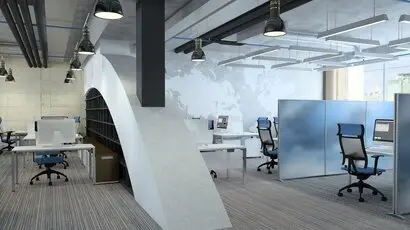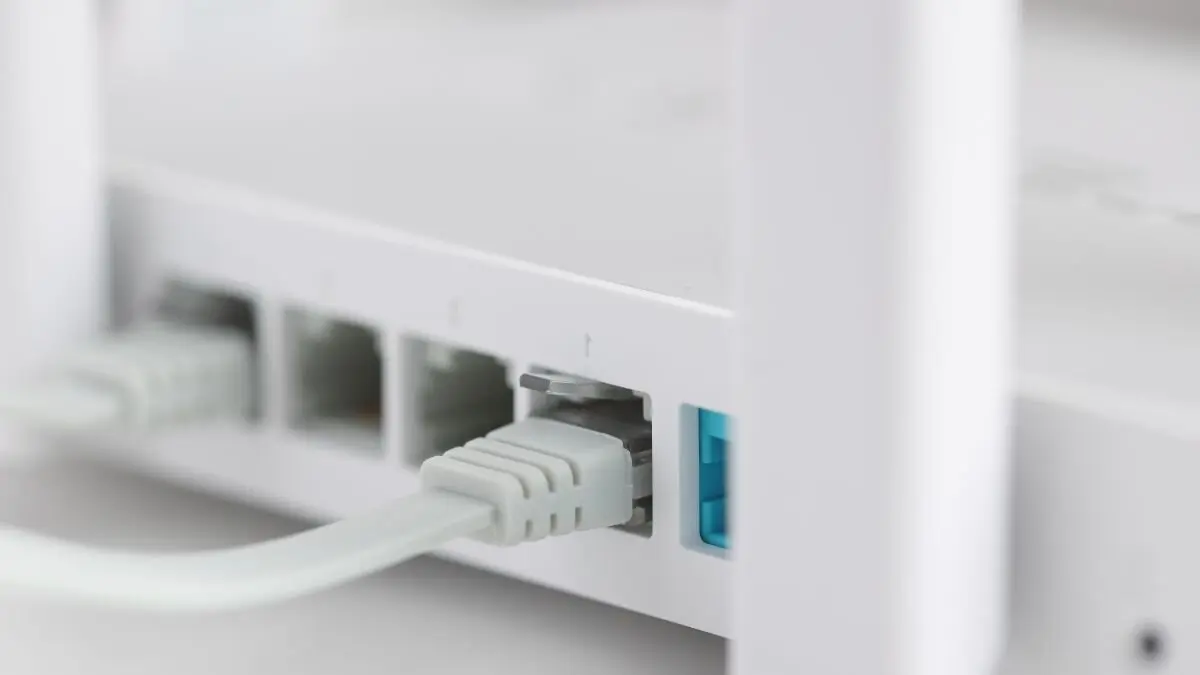
Get your free Melbourne Electrician quote today!
Our team of Melbourne Electricians is here to help you with any questions or concerns you may have. We’re committed to providing you with the best possible service and support.
Learn how to design your office layout for effective data point placement, enhancing productivity and creating a streamlined workspace. Implement these strategic tips to transform your office environment.
The modern workforce is experiencing significant changes. According to a study on ResearchGate, there’s a widening gap between what technology can offer and what current workplaces deliver. Many employees, unhappy with outdated systems, are calling for a “smart” office that caters to their evolving needs. The digital workspace is poised to deliver on this, boosting productivity and fostering collaboration.
At the heart of unleashing this potential is a well-thought-out office layout. The placement of data points isn’t just a minor detail anymore; it’s key to efficient operations. When data points are well-positioned, they significantly boost productivity, ensure seamless network performance, and set the stage for innovation to thrive. This article explores how crucial the role of data point placement is in designing a high-performance office environment.
Understanding Data Point Placement
Data points are the physical connections that link office equipment to network infrastructure. Their role in office setups is crucial for maintaining an efficient and productive environment. Proper data point placement is essential for network efficiency and productivity, ensuring seamless connectivity in office spaces, whether meeting rooms, private offices, or open-plan offices.

Scalability
Planning for future technological needs and office expansion is essential for maintaining a dynamic and efficient workspace. Scalability ensures that the office can adapt to new developments without requiring significant overhauls.
One key recommendation is to use modular designs for easy upgrades. Modular furniture and infrastructure allow for seamless additions and reconfigurations as the business grows. This approach saves money in the long run and minimises disruption during transitions.
For instance, modular workstations can be easily reconfigured to accommodate more employees or new equipment, ensuring that the office space remains functional and up-to-date.
Flexible Design
Flexibility in the office layout is crucial for accommodating new technologies and changing work habits. A flexible design allows for integrating emerging technologies, such as advanced communication systems and collaborative tools, without significant renovations. For example, flexible layouts can include movable walls and adaptable workspaces that can be quickly adjusted to meet new requirements.
Encouraging a flexible design also supports diverse working styles and preferences, such as remote work and hybrid models. This can involve creating multipurpose areas that can serve as meeting rooms, collaborative spaces, or individual workstations as needed. Flexibility in space planning ensures that the office can evolve with the company, enhancing productivity and team member satisfaction.
In addition, consider future-proofing the office by installing extra data points and power outlets during the initial setup. This foresight can prevent costly and disruptive installations later on. By planning for scalability and flexibility, businesses can create an adaptable office environment that supports growth and innovation, ensuring long-term success and operational efficiency.
Working with Professionals
Consulting with Experts
Hiring professional data cabling and network setup services offers numerous benefits for businesses looking to optimise their office space. Professionals bring expertise and experience, ensuring that data points are placed accurately and efficiently to meet current and future needs.
Professionals can also recommend the best technologies and practices tailored to your office layout and requirements. Their insights can enhance productivity by ensuring seamless connectivity across all areas, including meeting rooms and individual workstations. In addition, professional installations adhere to safety standards and regulations, minimising the risk of accidents and ensuring a safe working environment.
Project Planning
Effective collaboration with professionals for data point placement involves several key steps:
- Initial Consultation: Begin by discussing your office space planning and specific needs. Provide detailed information about the current layout, future expansion plans, and any unique requirements.
- Site Survey: Allow the professionals to conduct a thorough site survey. This helps them understand the physical spaces, room dimensions, and potential challenges.
- Design Proposal: Review the design proposal provided by the experts. This should include a detailed floor plan, recommended data point locations, and a timeline for installation.
- Feedback and Revisions: Provide feedback on the proposal and discuss any necessary revisions. Ensure that the plan aligns with your space management and operational efficiency goals.
- Installation: Coordinate with the professionals to schedule the installation. If possible, plan the installation during off-peak hours to ensure minimal disruption to day-to-day operations.
- Testing and Verification: Work with the professionals to test and verify the setup after installation. Confirm that all data points are functioning correctly and meet your connectivity needs.
Maintenance and Upkeep
Regular Inspections
Regular inspections and maintenance of data points are crucial for ensuring the reliability and efficiency of an office’s network infrastructure. Scheduled inspections help identify potential issues before they escalate into significant problems, thereby preventing network downtime and maintaining operational efficiency.
Regular checks should include verifying the physical condition of data points, ensuring that cables are not frayed or damaged, and confirming that connections are secure. This proactive approach not only extends the lifespan of the network components but also supports uninterrupted productivity.
Routine maintenance also helps keep the network infrastructure up-to-date with the latest standards and technologies. For instance, as new devices and applications are integrated into the office environment, regular updates and adjustments may be necessary to accommodate these changes.
Troubleshooting Tips
When issues arise, having practical troubleshooting tips can quickly resolve everyday problems related to data points:
- Check Connections: Ensure all cables are securely connected to the data points and the devices. Loose or disconnected cables are a common cause of connectivity issues.
- Inspect Cables: Look for visible cable damage, such as fraying or cuts. Damaged cables should be replaced immediately to restore proper function.
- Test Different Devices: Connect a different device to the data point to determine if the issue lies with the original device or the data point itself.
- Restart Devices: Sometimes, restarting connected devices can resolve connectivity problems. This can reset the network connection and clear temporary issues.
- Use Network Diagnostic Tools: Utilise built-in network diagnostic tools on computers or routers to identify and troubleshoot issues. These tools can provide insights into connection problems and suggest potential fixes.
- Consult Documentation: For specific troubleshooting steps related to the network equipment being used, refer to the user manuals or online resources.
Unlock Seamless Connectivity with Expert Data Point Placement
Throughout the blog, we have explored crucial aspects of data point placement in office spaces, emphasising the importance of ergonomic principles, aesthetic integration, and future-proofing for scalability and flexibility. Regular inspections and maintenance were highlighted as essential to maintain network reliability and performance. Practical troubleshooting tips were also provided to help quickly resolve common connectivity issues, ensuring minimal downtime and sustained productivity.
Professional guidance is invaluable for businesses aiming to optimise their office infrastructure. WP Electrical offers expert Data and network Cabling services, ensuring that your data points are strategically placed for maximum efficiency and functionality. By partnering with WP Electrical, you can enhance your office’s connectivity, support the seamless integration of new technologies, and maintain a productive work environment. Contact WP Electrical today to ensure your office space is equipped with a robust and reliable network infrastructure.
Published by: Pascal Harb17 October 2025